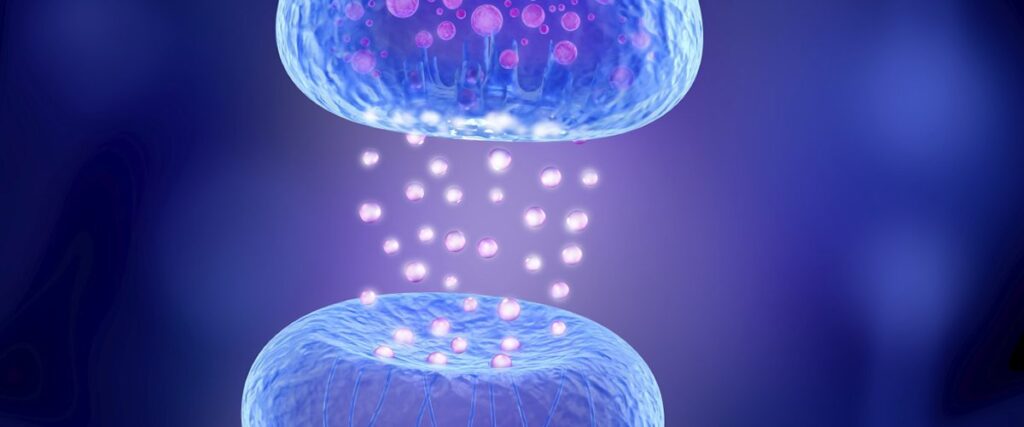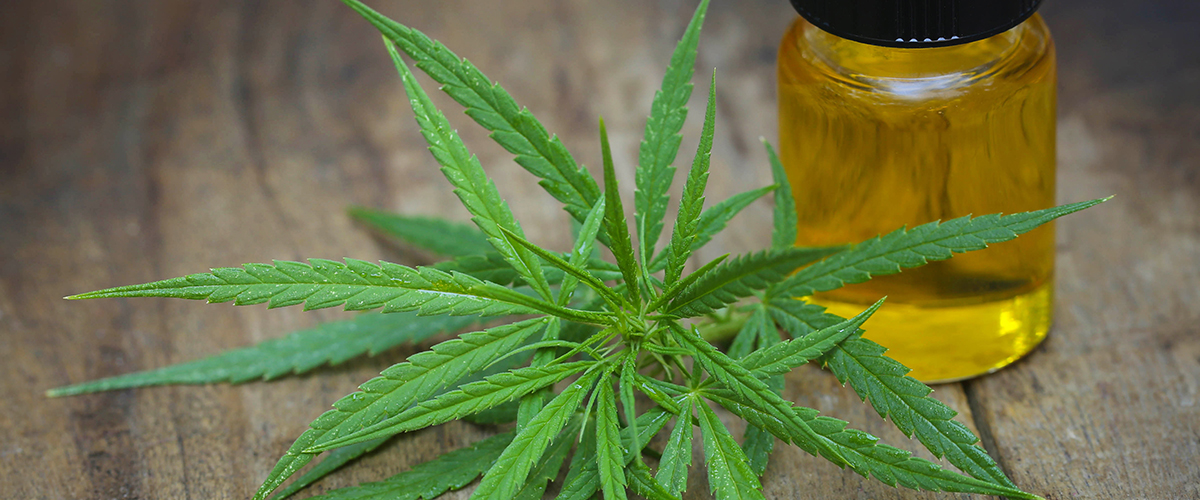Cannabidiol (CBD) has become highly sought after over recent years as more is learned about its natural effects. CBD is found within the stalks, seeds, and flowers of cannabis plants like hemp and marijuana.
A common way to obtain CBD is by consuming CBD oil, which is extracted from varieties of cannabis that are naturally abundant in CBD and low in tetrahydrocannabinol (THC).
As a nutritional supplement, CBD-rich cannabis oil encourages balance and wellness by interacting with your body’s natural systems. Naturally abundant in CBD, one of more than 100 naturally occurring cannabinoids in cannabis, CBD oil supports one of the most important receptor-based systems in our body. It also provides a slew of vitamins, minerals, and antioxidants.
Unlike THC and medical marijuana, CBD is non-psychoactive. This means that you can benefit from all the natural health effects of cannabinoids without having to experience a high.
Here we take a look at how CBD works once it’s absorbed by your body.
How CBD Works Inside the Body
Like all cannabinoids, CBD interacts with your body through its native endocannabinoid system, or ECS. Present in all mammalian species, including humans, the endocannabinoid system is a complex signaling network responsible for establishing and maintaining health by regulating many of the body’s natural functions, including
- Mood
- Memory
- Appetite
- Pain
- Immune response
- Temperature
The endocannabinoid system is made up of cannabinoid receptors and substances called endocannabinoids, which according to Medscape are synthesized by the body on demand. The cannabinoid receptors, found throughout all throughout the body, work like a lock and key to bind with endocannabinoids.
When the endocannabinoids bind or interact with these receptors, they alter the release of neurotransmitters to relay messages between nerve cells. The endocannabinoid system is constantly using endocannabinoids and cannabinoid receptors to make the necessary adjustments to keep our many functions in a general state of balance.
Plant-derived cannabinoids like CBD, found in hemp and marijuana, mimic many of the biological actions of the endocannabinoids that are synthesized by the body. Like endocannabinoids, CBD interacts with the cannabinoid receptors as the endocannabinoid system works to keep your body and its functions in homeostasis.
Thousands of studies have been done investigating CBD and the natural balancing effects from its interaction with the endocannabinoid system.

Cannabinoids bind with cannabinoid receptors to send chemical messages between neurons.
How CBD Interacts with the Endocannabinoid System’s Receptors
The endocannabinoid system consists of two main specialized receptors – cannabinoid 1 (CB1) and cannabinoid 2 (CB2). CB1 receptors are primarily found in the brain and throughout the central nervous system, while CB2 receptors are located mostly in the immune system, spleen, and their associated structures (Parcher, Batkai & Kunos, 2006) (Reggio, 2010).
These two cannabinoid receptors respond differently to different cannabinoids. THC is an agonist of both CB1 and CB2 receptors, but has a higher affinity for CB1. This means it binds directly with the two receptors and activates them (Parcher, Batkai & Kunos, 2006).
CBD, on the other hand, doesn’t bind directly to either CB1 or CB2 receptors. Instead, it acts indirectly against cannabinoid agonists. This means that CBD sits imperfectly inside the receptors, not activating them but effectively blocking THC and other chemical messengers from binding to those sites (Parcher, Batkai & Kunos, 2006).
CBD also interacts with various other receptors throughout the body, such as 5-HT1A receptors, which are linked to serotonin, and the vanilloid receptor TRPV1, which functions as an ion channel (Russo, et al., 2005) (Hassan, et al., 2014).

3d illustration of nerve cells. Affected Human nervous system, concept for Neurological Diseases, tumors and brain surgery.
CBD and the Entourage Effect
First introduced by researchers in 1998, the entourage effect suggests that there’s a potential enhancing effect that occurs when whole plant cannabis oil that contains CBD as well as the rest of the plant’s natural constituents are consumed together rather than when an isolated CBD compound is consumed on its own.
It’s true that full-spectrum CBD hemp oil is abundant in CBD, but it also contains dozens of minor trace cannabinoids, as well as the following:
- Essential vitamins
- Minerals
- Omega fatty acids
- Flavonoids
- Chlorophyll
- Terpenes
- Fiber
- Protein
While scientists have been rightfully focused on the botanical effects of CBD over recent years, the entourage effect proposes that the other cannabinoids, terpenes, and other compounds found in hemp oil may work synergistically with CBD and contribute to the compound’s beneficial effects.
How Fast Does CBD Work?
CBD can only begin to interact with the body’s endocannabinoid system once the body absorbs it. When consuming CBD oil, the common method for getting CBD, how long it takes for the effects of CBD to fully appear depends on your serving size and method of application, as well as on other factors that can affect the rate of absorption.
Some have reported noticing the effects after their very first serving of CBD oil, while others have said the effects were noticeable after days, weeks, or months of consistent administration.
It can take a couple of minutes to a couple of hours after consumption for CBD to begin interacting with cannabinoid receptors.
When CBD oil is swallowed, it has to be digested.
When absorbed sublingually under the tongue, the CBD bypasses the digestive system for faster processing.
When CBD oil is vaped, the compound nearly immediately passes through the lung’s alveoli, which offer a large absorptive surface area.
If CBD oil is applied topically to the skin, the compound passes through the epidermis, glands, or hair follicles. Rather than reaching the bloodstream, it solely interacts with nearby receptors for localized application.
To learn more about how CBD works by interacting with the endocannabinoid system, visiting our research and education page. Keep up with the latest studies on CBD through our news page.
References:
- Hassan, S., Eldeeb, K., Millns, P. J., Bennett, A.J., Alexander, S.P.H., & Kendall, D.A. (2014). Cannabidiol enhances microglial phagocytosis via transient receptor potential (TRP) channel activation. British Journal of Pharmacology, 171(9), 2426–2439. Retrieved from https://www.ncbi.nlm.nih.gov/pmc/articles/PMC3997281/.
- Pacher, P., Batkai, S., and Kunos, G. (2006, September). The endocannabinoid system as an emerging target of pharmacology. Pharmacology Review, 58(3), 389-462. Retrieved from https://www.ncbi.nlm.nih.gov/pmc/articles/PMC2241751/.
- Reggio, P. H. (2010). Endocannabinoid Binding to the Cannabinoid Receptors: What Is Known and What Remains Unknown. Current Medicinal Chemistry, 17(14), 1468–1486. Retrieved from https://www.ncbi.nlm.nih.gov/pmc/articles/PMC4120766/.
- Russo, E.B., Burnett, A., Hall, B., and Parker, K.K. (2005, August). Agonistic properties of cannabidiol at 5-HT1a receptors. Neurochemical Research, 30(9), 1037-43. Retrieved from https://link.springer.com/article/10.1007%2Fs11064-005-6978-1.






